Crocker Galleria Farmer's Market
The new brain break: grabbing some of the Bay Area’s freshest fare in the open air.
Of all the hidden gems in FiDi, this one might be our favorite. In the middle of Maiden Lane, a pedestrian-only shopping avenue, lies a store that has changed in purpose but prevailed in style. Originally a building that served as a French restaurant, Frank Lloyd Wright renovated the space in 1949, turning it into the V.C. Morris gift shop. Over the following years the space became home to a silversmith, a women’s fashion boutique, an art gallery, and most recently an Italian menswear company called Isaia.
Many may recall FLW’s iconic spiral ramp from the Guggenheim in NYC, but few could tell you about an earlier, smaller-scale version which still remains in this building here in SF. Accompanied by other recognizable FLW features, the space also includes natural lighting from domed circles, designed to represent a champagne glass, that allows sunshine to filter in and fill the space. Throughout the building, you’ll find original wood, glass, ornaments, a cat door, hanging plant fixtures and furniture that feels too low to the ground but was made that way on purpose because Mr. Wright was actually quite short IRL. What’s most interesting about the building design is that it came at a time when the trend was shifting away from boutiques to more of the big window / department store situations. FLW held strong in his aesthetic, believing that if you only give people a tiny glimpse of what’s inside, they’ll want to come in and check it out.
Before he was chosen to design the space, Wright was in touch with the Morris family because they wanted him to design a house for them on a sea cliff. He proceeded to design a beautifully intricate, long, skinny, spiral tornado, melding nature with architecture. However, he wasn’t able to secure the permits because of earthquakes. Meanwhile, the Morris family already knew what they wanted to do with the gift shop building, but hired another architecture because the space was so restricted. When Wright found this out, he sought them out and insisted he be the one to design the building. At the time he had already designed the Guggenheim, and it’s believed that the gift shop’s circular ramp was meant to be a physical prototype for the museum.
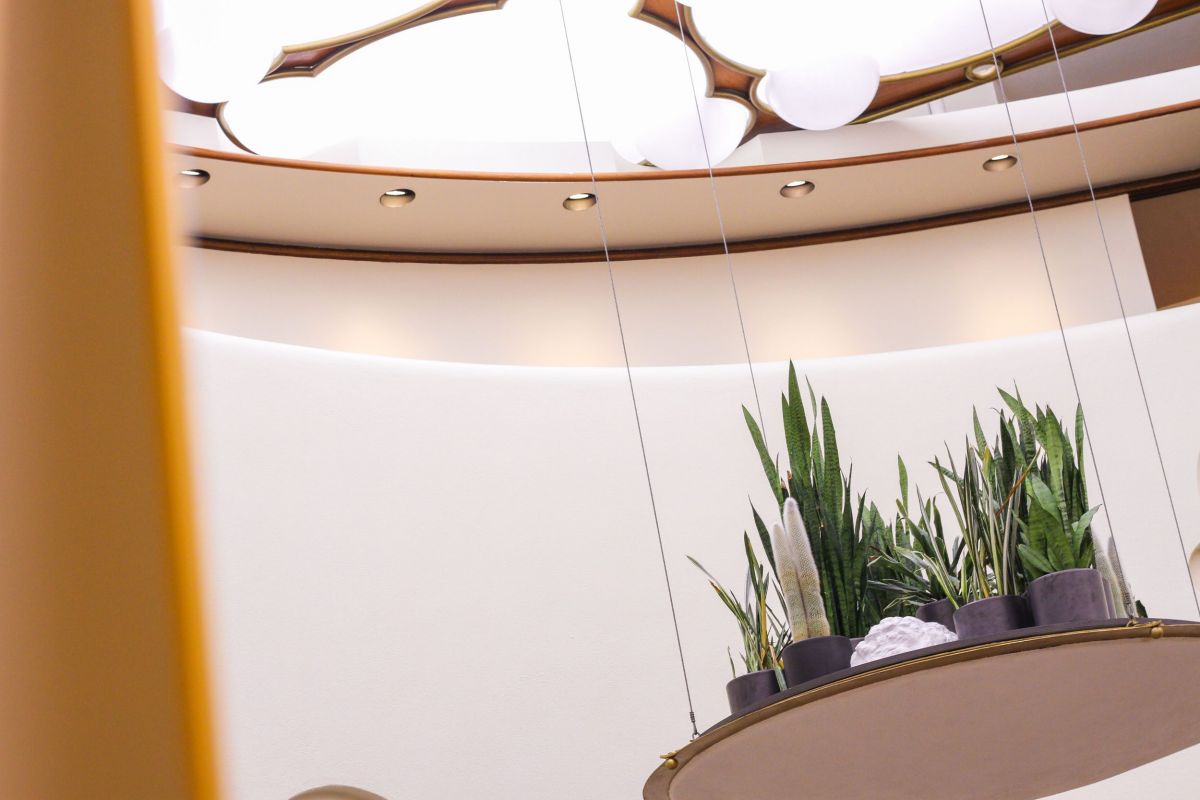
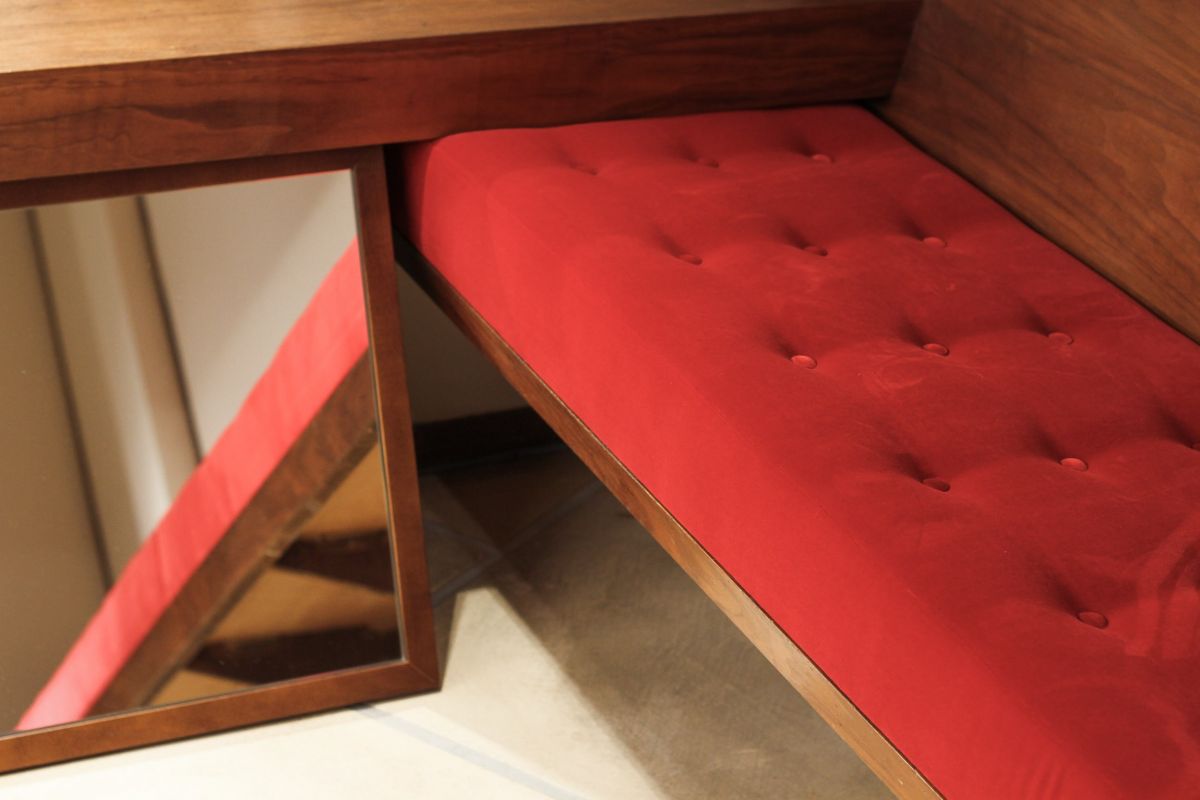
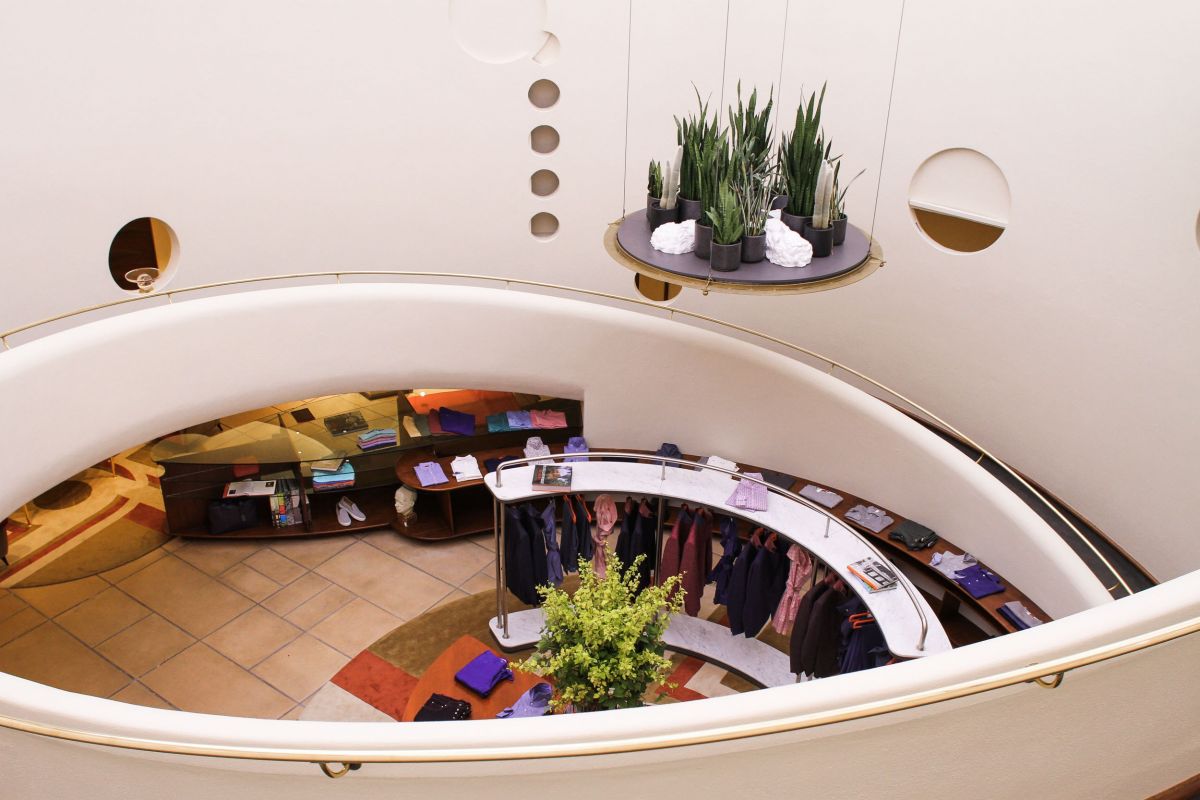
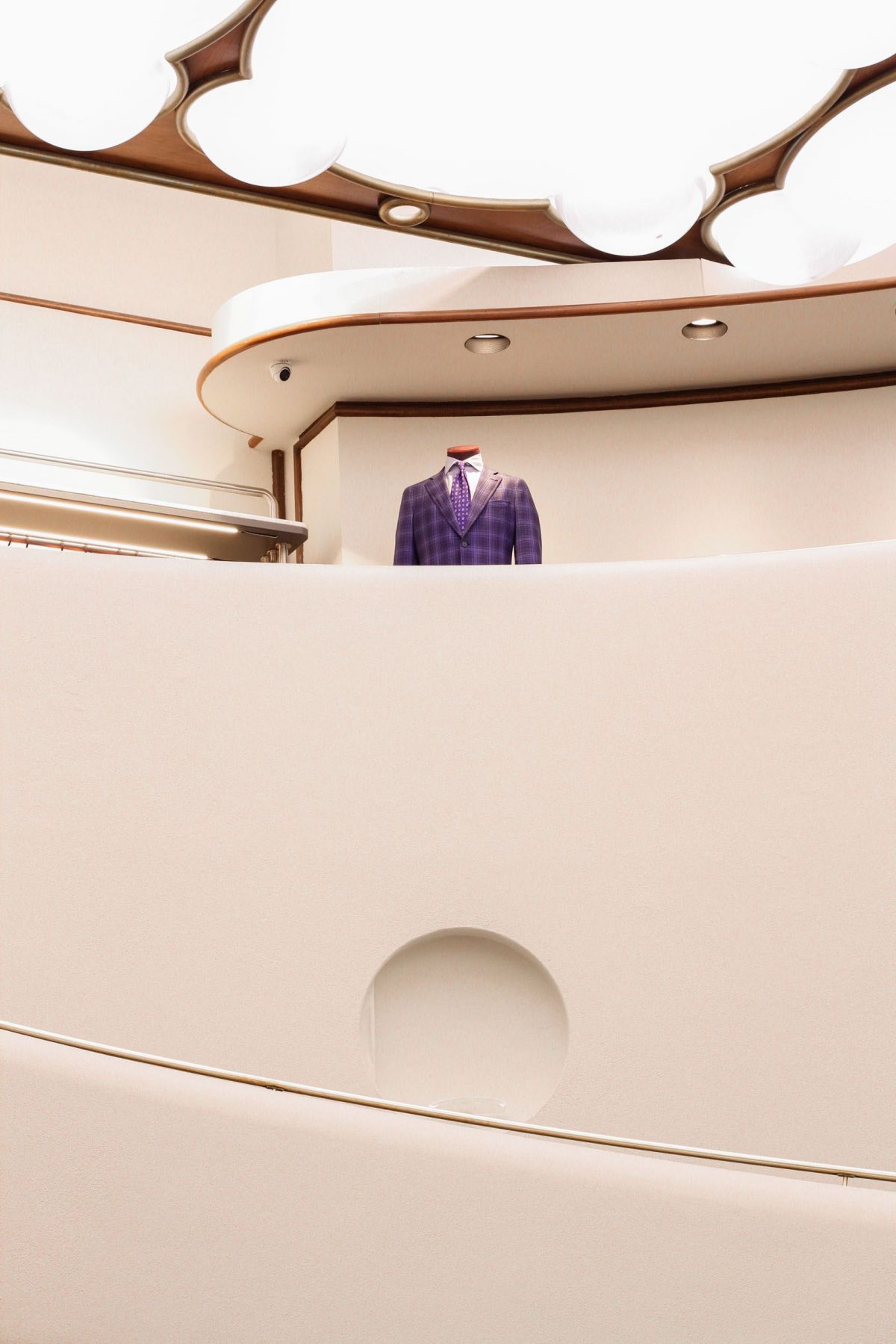
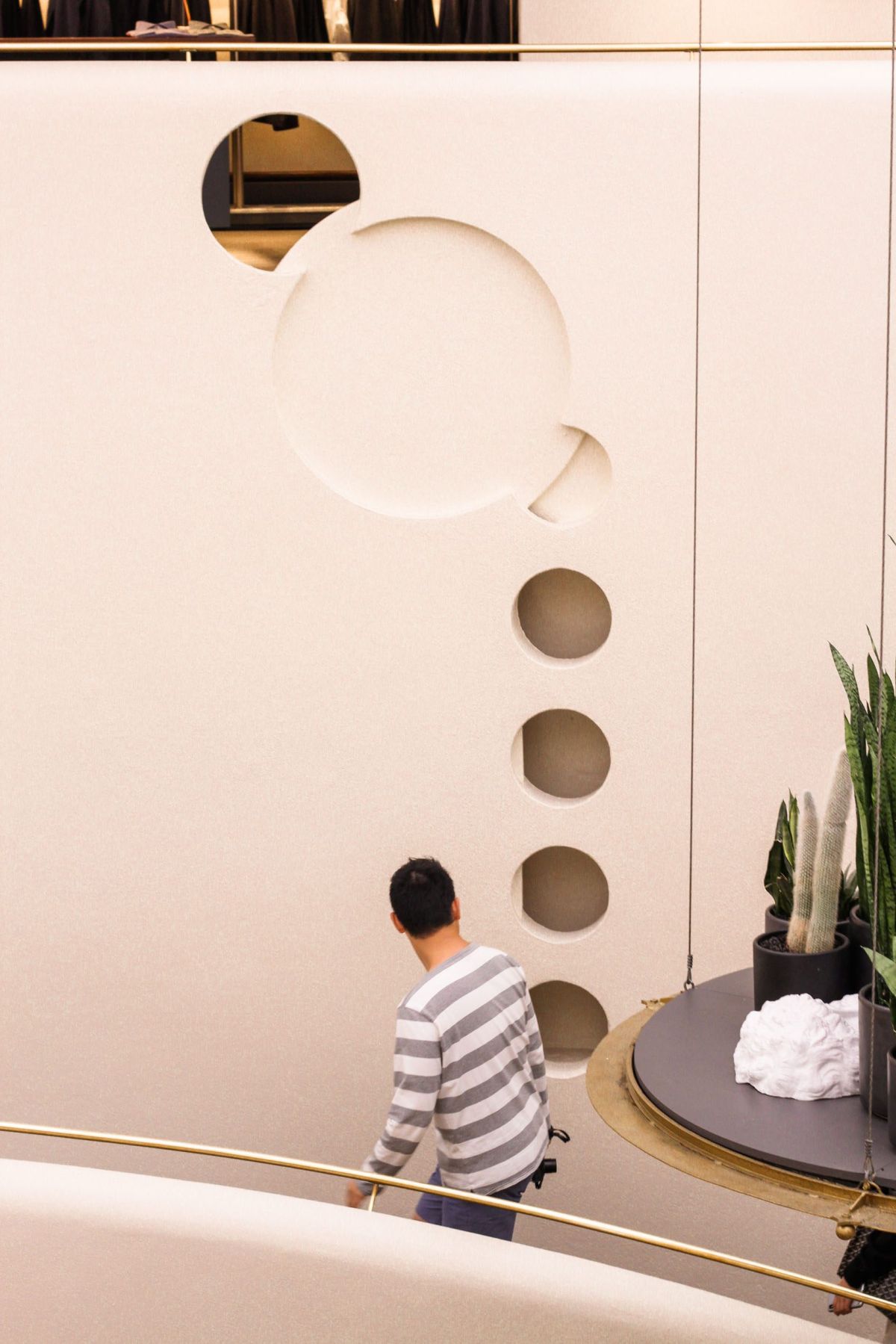
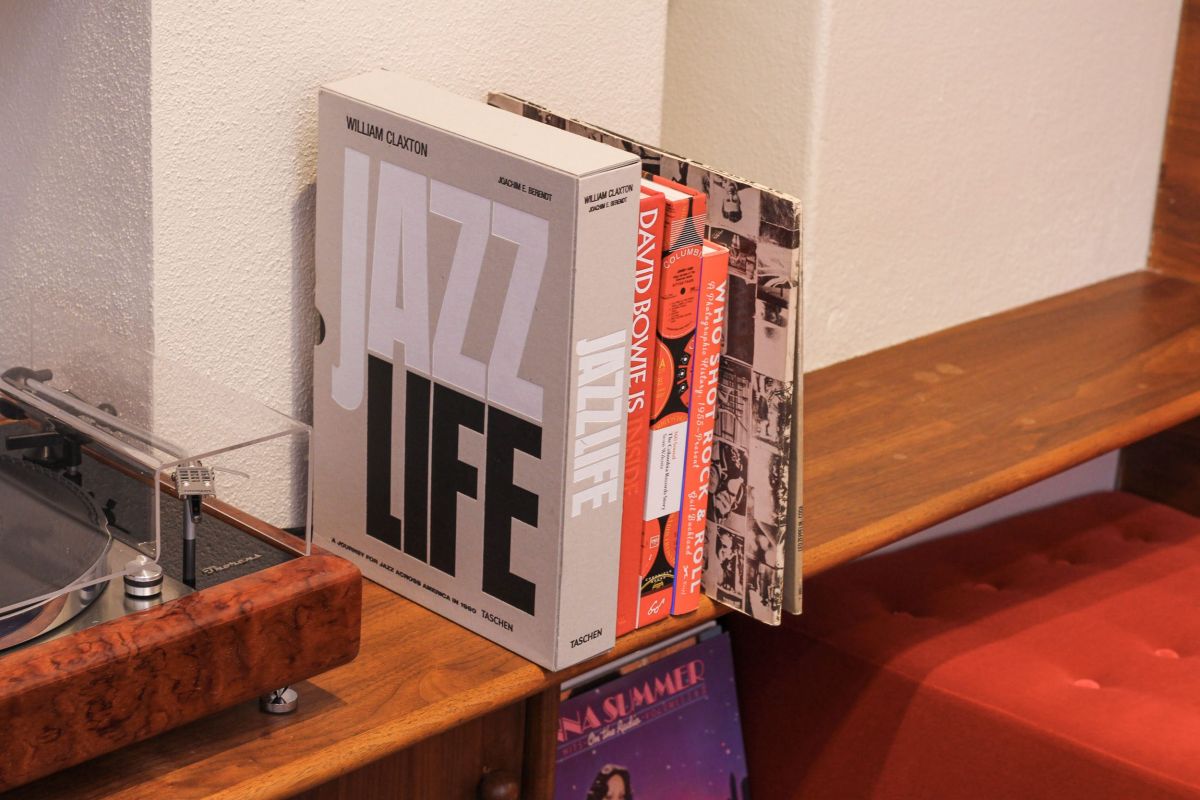
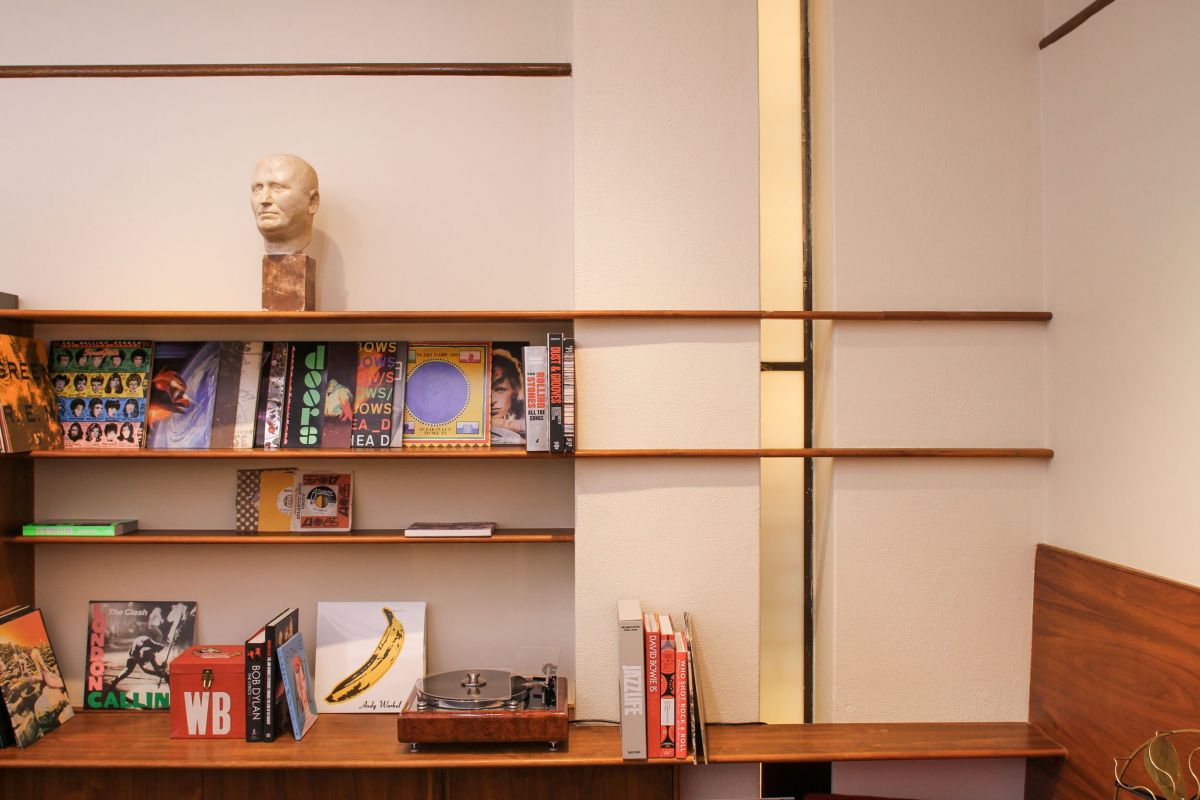
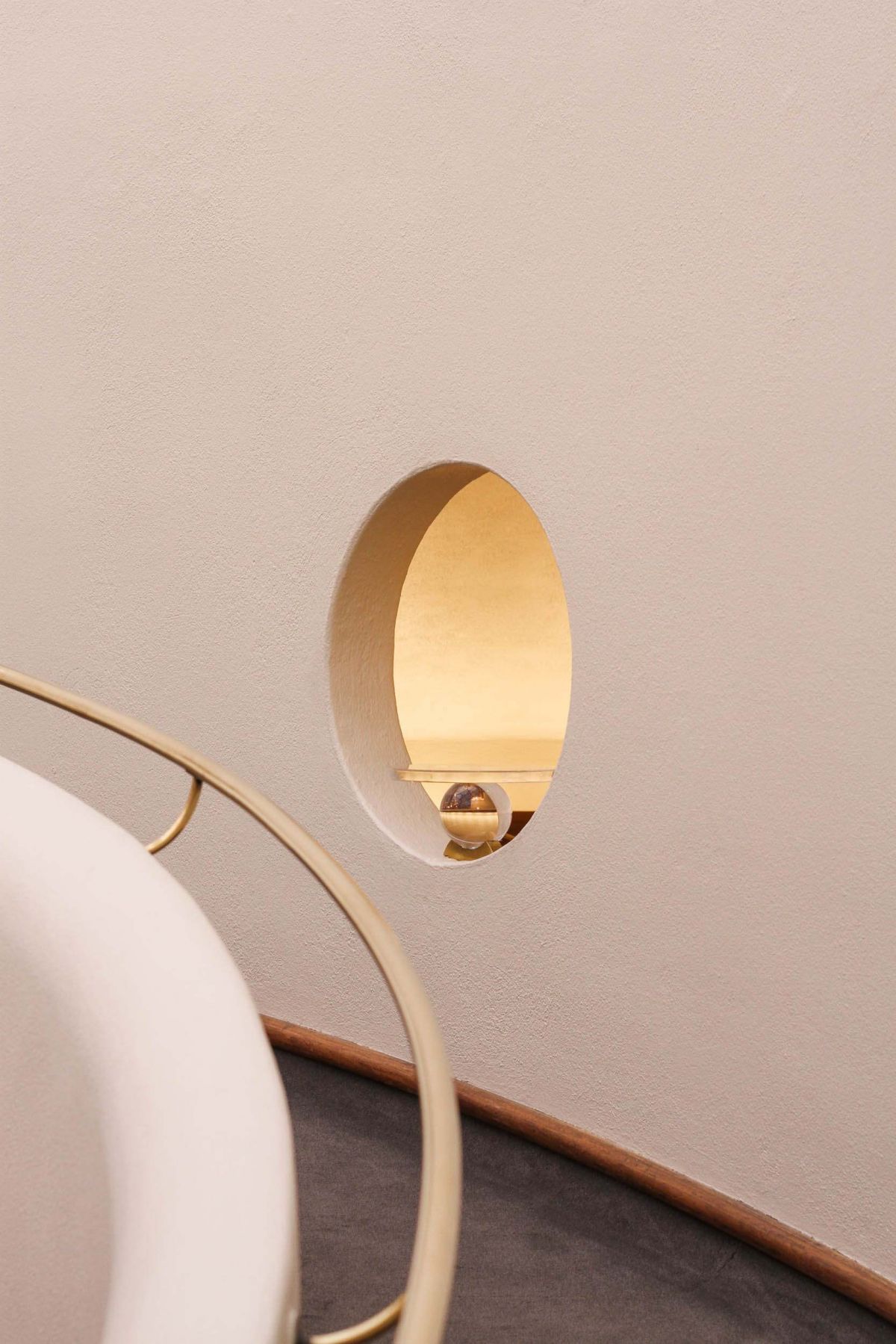
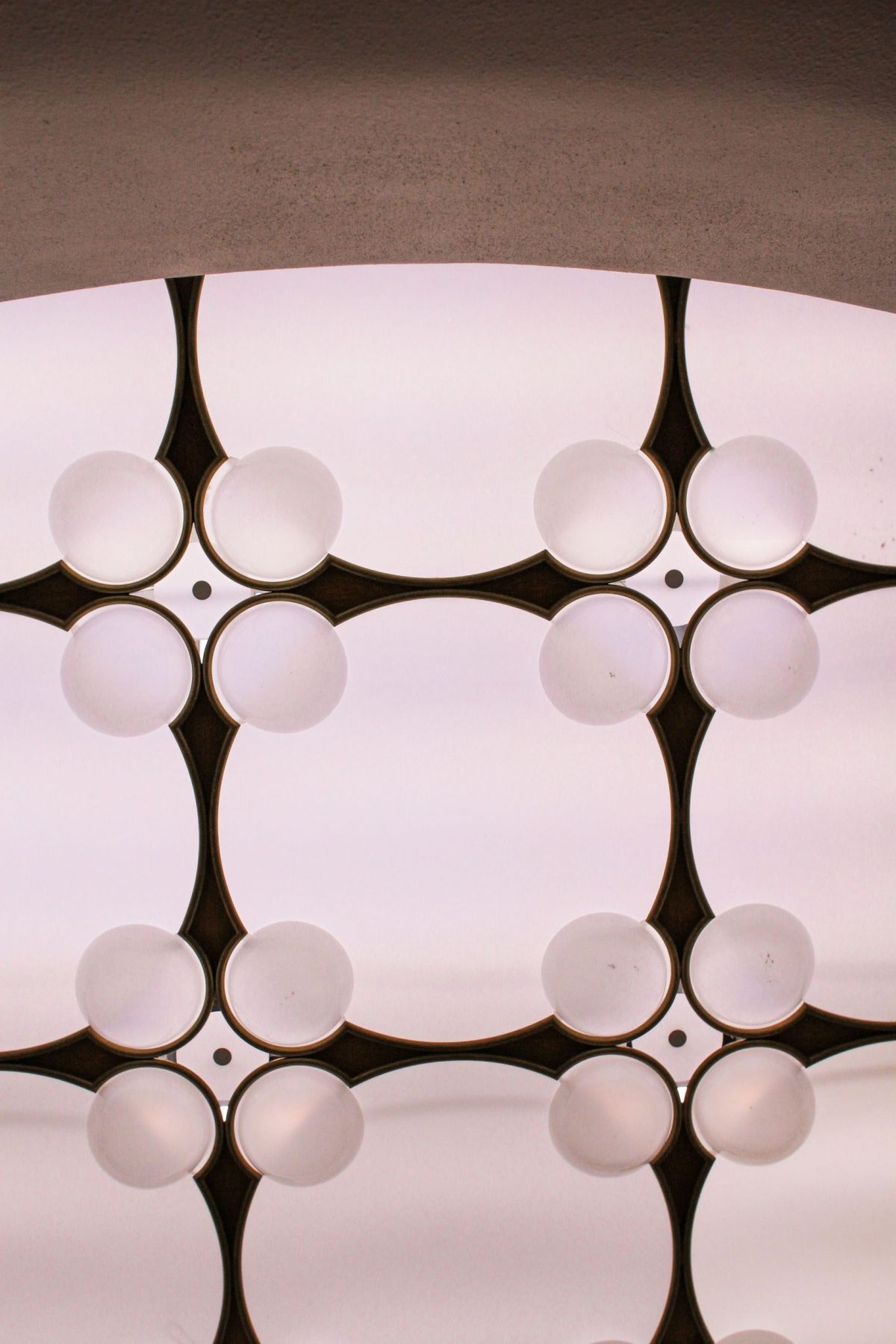
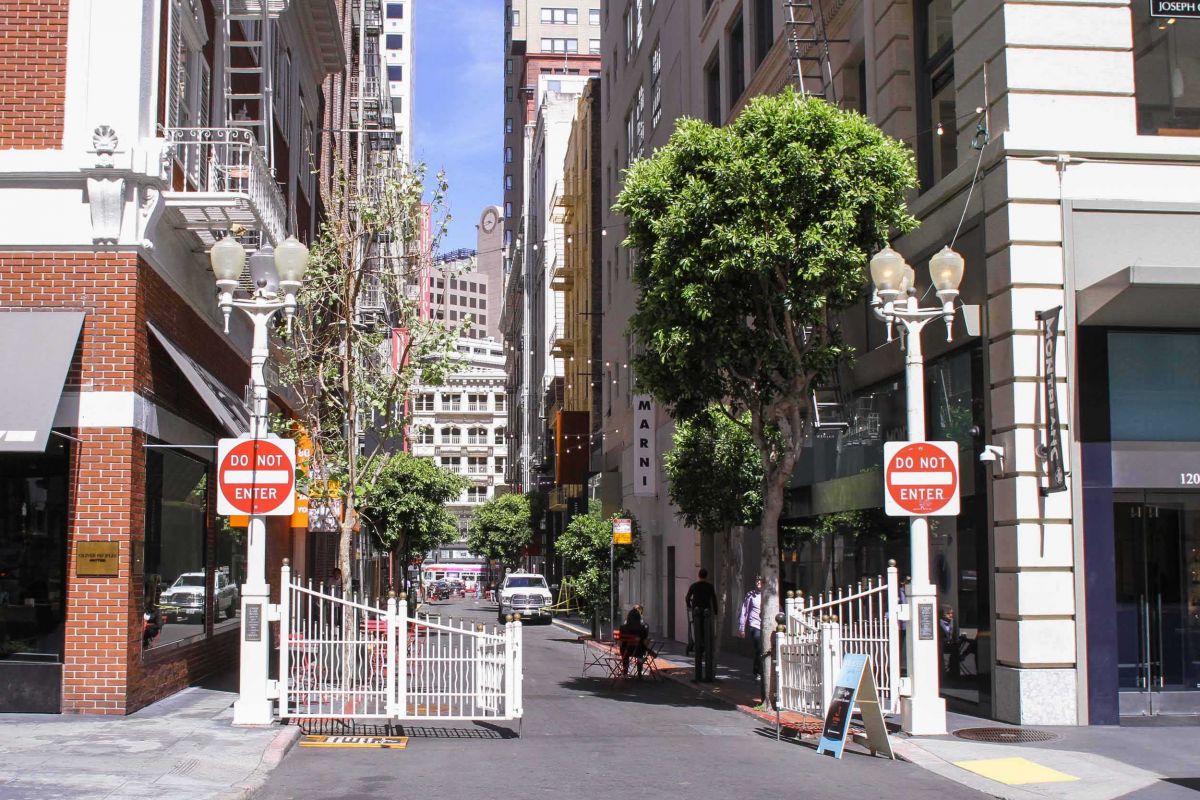
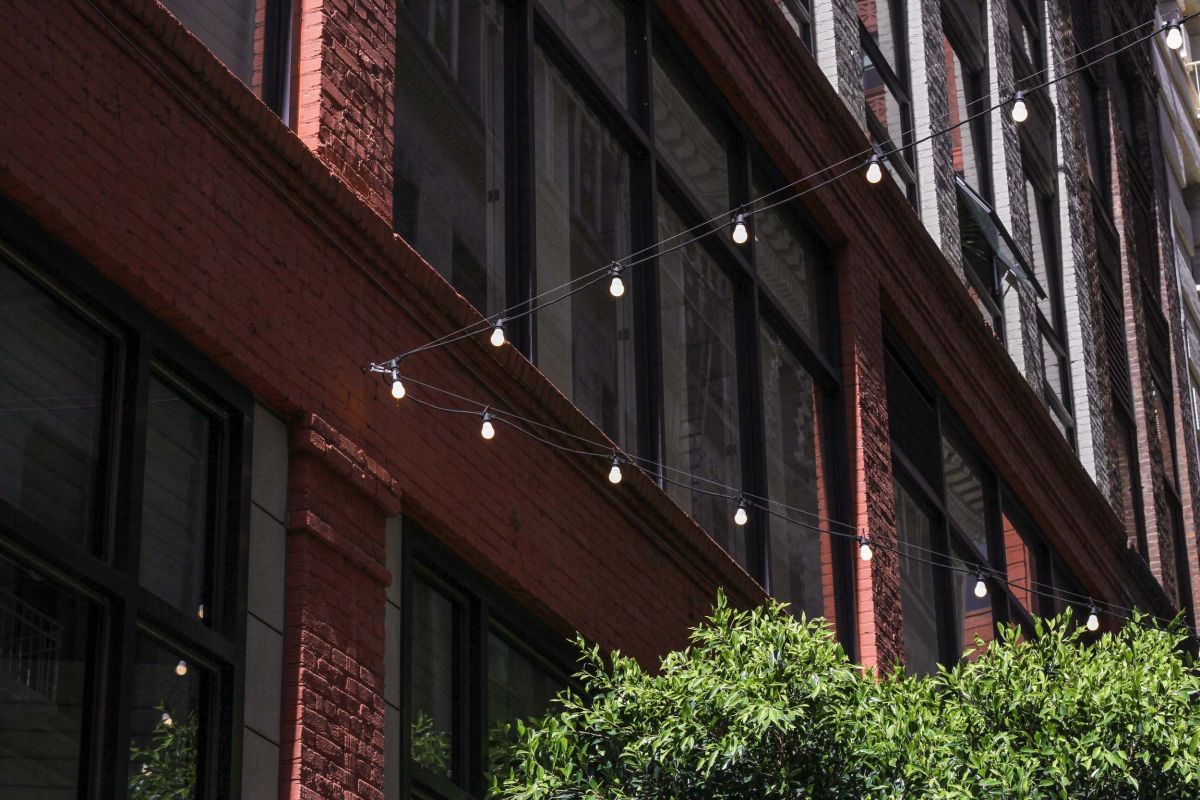
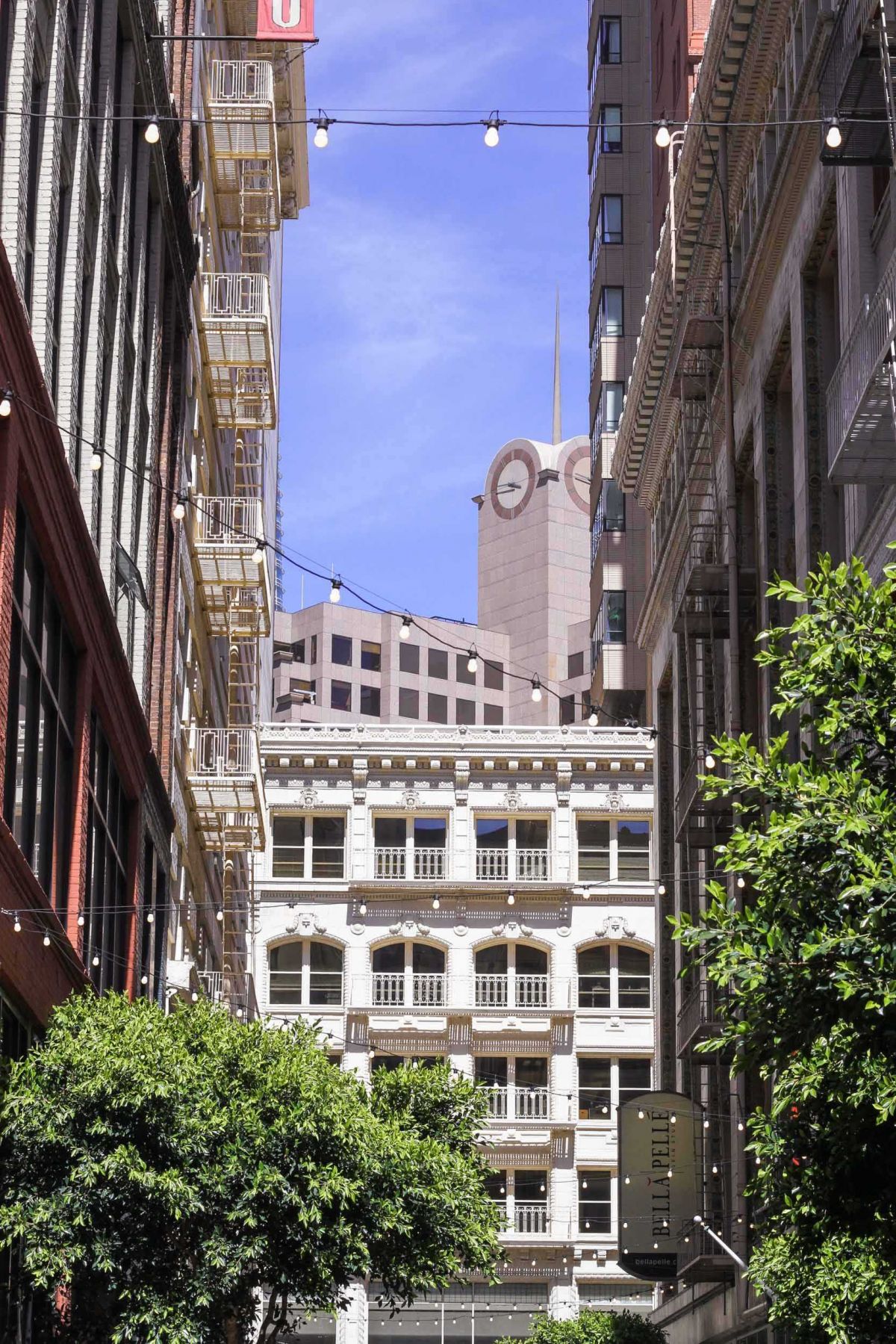
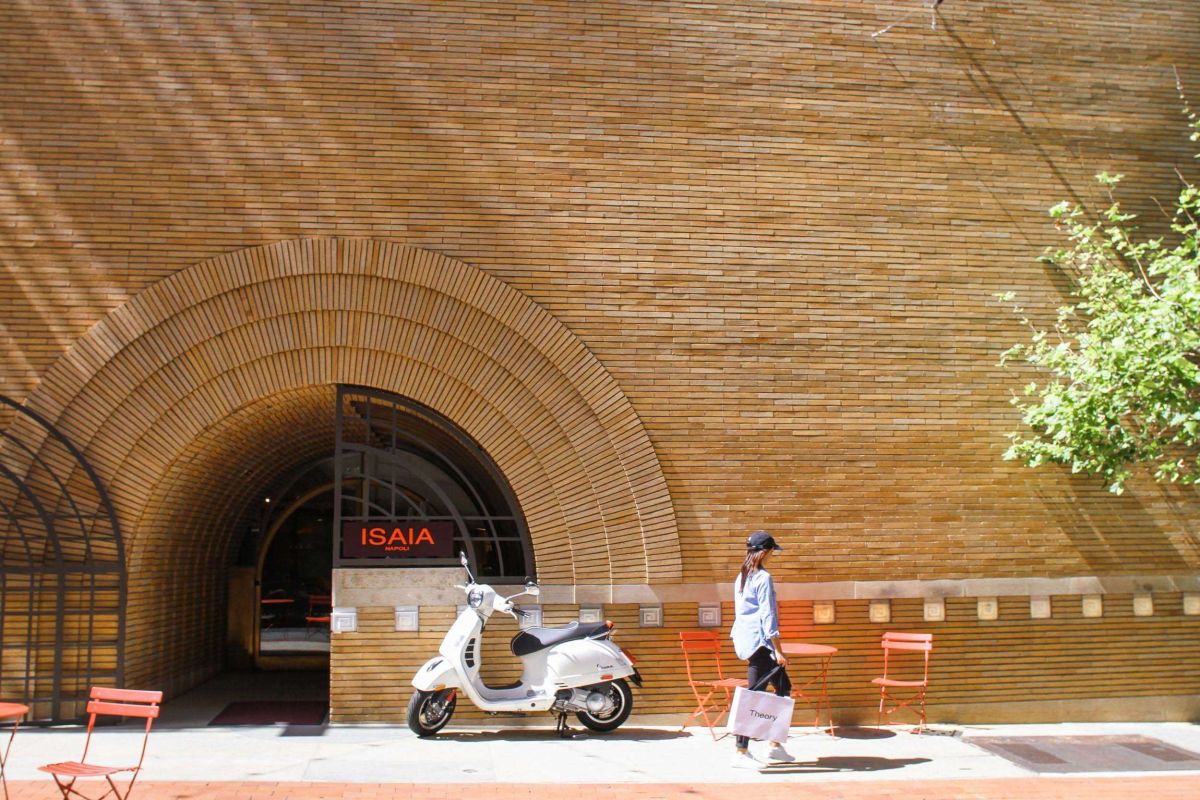
Please complete a quick 2 minute survey to tell us about your experience.